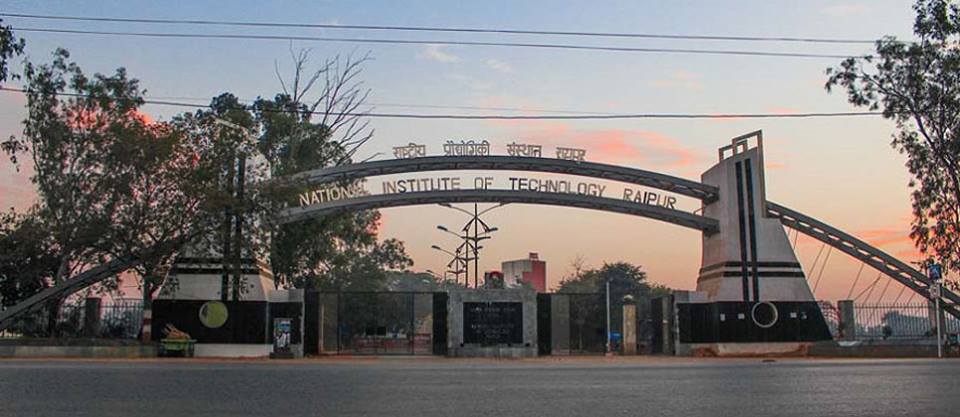BEIJING: The India-Asia landmass collision is a key geological event, wherein the Indian tectonic plate collided with the Asian tectonic plate, resulting in the formation of the Himalayas and other geological structures. Greater India refers to a portion of the Indian plate that subducted under Asia, forming the Tibetan Plateau. To accurately estimate the kinematics and timing of the India–Asia collision, the extent of Greater India must be defined. However, convergent evidence regarding the age and paleomagnetic record of the Sangdanlin section in southern Tibet lying between the Indian and Asian plates makes this challenging.
Now, researchers from China University of Geosciences (Beijing) (CUGB) and colleagues from other institutions including Ludwig Maximilians University and Chinese Academy of Sciences have clarified that Greater India was a single plate of 2,000–3,000 km before it subducted under Asia. Professor Jun Meng from CUGB, the study’s first author, explains, “There are two primary models for the India–Asia collision. The first is a multistage collision model that subdivides the oceanic basin at the leading edge of India into smaller plates that were later incorporated into the Asian plate. The second model says that India and Greater India existed as a single plate during Early Cretaceous, with the upper crust of the northern margin of Greater India forming the Himalayan thrust belt and the lower crust being subducted under Asia.” He adds, “Our goal was to understand which of these models was more accurate.” The study was published in Proceedings of the National Academy of Sciences of the USA–Earth, Atmospheric, and Planetary Sciences on August 8, 2023.
The researchers undertook a combined geologic, paleontologic, and paleomagnetic study of the infamous Sangdanlin section. The paleomagnetism of the Cretaceous rocks allowed them to track the geographical position of the northern sector of the Indian Plate through time and calculate a minimum size for Greater India. The data show that the lithosphere consumed by subduction since the onset of the collision 55 million years ago was larger than the area of the Indian subcontinent today and originally extended 2,000–3,000 km to the north. Consequently, almost 5 million km² of lithosphere has been subducted under the Asian Plate, which surely contributed to the Tibetan Plateau’s rise.
These findings augment our understanding of the India–Asia collision and the emergence of various geological structures in these regions.








